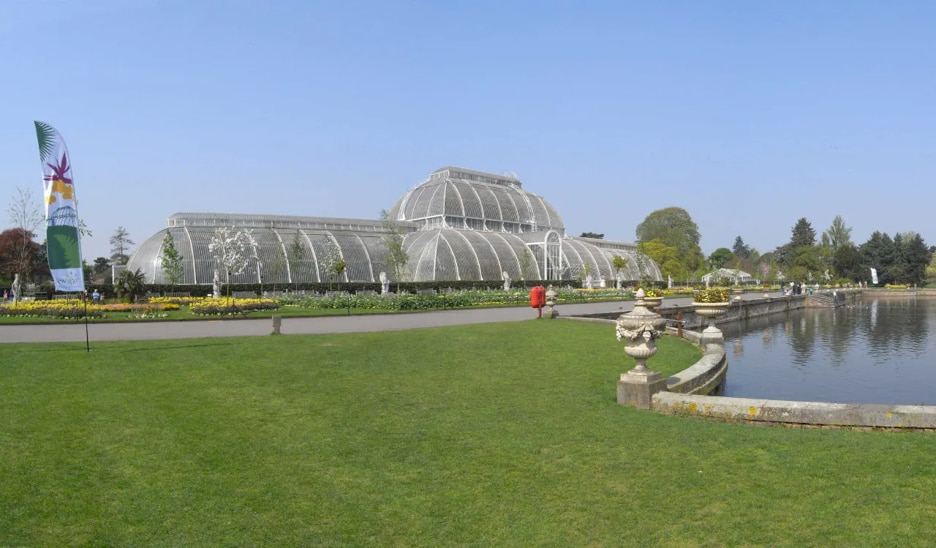Richmond Kew House Extensions: Transforming Homes with Style and Functionality
Richmond Kew are among the most sought-after areas in London, known for their rich heritage, picturesque landscapes, and unique architectural charm. For homeowners in this idyllic location, extending a house is not merely about adding space but enhancing the aesthetics and functionality while preserving the character of the property. This article dives into the world of house extensions in Richmond and Kew, offering insights into the types of extensions, planning requirements, and design considerations, all while ensuring your project meets modern needs and complements the area’s distinct style.
Why Choose a House Extension in Richmond and Kew?
Homeowners in Richmond and Kew often face a delightful dilemma—maintaining the character of their homes while upgrading them to meet contemporary living standards. House extensions offer the perfect solution by allowing homeowners to:
- Maximize Living Space: A thoughtfully designed extension can create extra bedrooms, spacious kitchens, or multifunctional areas to accommodate growing families or evolving needs.
- Increase Property Value: Extensions often lead to a significant increase in property value, particularly in high-demand areas like Richmond and Kew.
- Blend Modern with Traditional: Many homes in the area are period properties, and extensions provide an opportunity to merge classic architectural elements with modern conveniences.
- Leverage Stunning Views: With beautiful surroundings like Richmond Park and Kew Gardens, extensions with large windows or bi-fold doors can bring nature closer to your home.
Popular Types of House Extensions in Richmond and Kew
1. Single-Storey Rear Extensions
Ideal for enhancing living areas like kitchens and dining spaces, single-storey rear extensions are perfect for creating open-plan layouts. Homeowners can integrate skylights and sliding doors to flood the space with natural light, making it feel larger and more inviting.
2. Double-Storey Extensions
For those seeking significant additional space, double-storey extensions can add bedrooms, bathrooms, or even home offices. These extensions require careful planning to ensure they don’t overshadow neighbors or disrupt the aesthetic balance of the property.
3. Wrap-Around Extensions
Combining side and rear extensions, wrap-around extensions maximize the footprint of your home. They are particularly popular for creating expansive kitchens with islands and dining areas that connect seamlessly to outdoor spaces.
4. Loft Conversions with Extensions
Many Richmond and Kew homes have generous loft spaces that can be transformed into functional living areas. Adding dormer windows or extending the roofline enhances headroom and usability.
5. Basement Extensions
Basement conversions are increasingly popular in areas with limited outdoor space. These can be transformed into gyms, cinema rooms, or wine cellars, offering luxury without altering the exterior character of the property.
Navigating Planning Permissions in Richmond and Kew
While some extensions fall under permitted development rights, properties in Richmond and Kew often require additional permissions due to conservation area restrictions or listed building status. Key considerations include:
- Local Authority Approvals: The Richmond upon Thames Council has strict guidelines to ensure extensions respect the area’s architectural heritage.
- Conservation Areas: Kew, being close to Kew Gardens (a UNESCO World Heritage Site), requires extensions to blend harmoniously with their surroundings.
- Neighbor Consultations: Keeping neighbors informed and addressing their concerns can help avoid disputes and delays.
- Listed Buildings: Extensions to listed properties demand careful planning and may require specialist designs to preserve historical elements.
Designing a Stylish Extension: Balancing Tradition and Modernity
Architectural Harmony
Richmond and Kew are famous for Georgian, Victorian, and Edwardian homes. An extension should complement the original property by using similar materials, matching rooflines, and preserving decorative details.
Modern Features
While maintaining traditional aesthetics, integrating modern features like floor-to-ceiling glass panels, smart home technology, and energy-efficient materials can create a home that’s both stylish and functional.
Landscaping Integration
Extensions that connect seamlessly to gardens or outdoor spaces can enhance indoor-outdoor living. Features like bi-fold doors or veranda-style patios are popular choices.
Costs and Timelines
The cost of house extensions in Richmond and Kew can vary widely based on size, design complexity, and materials.
Timelines typically range from 3-6 months for smaller projects and up to a year for larger or more complex builds.
Choosing the Right Professionals
Given the unique requirements of Richmond and Kew, it’s essential to work with experienced architects, builders, and structural engineers familiar with local regulations and styles. Look for professionals who:
- Have a strong portfolio of projects in conservation areas.
- Understand the intricacies of planning permissions in Richmond upon Thames.
- Offer bespoke designs tailored to your property’s character and your lifestyle needs.
Conclusion
Extending your home in Richmond and Kew is more than just a construction project; it’s an opportunity to enhance your living experience while preserving the timeless charm of these iconic neighborhoods. With careful planning, expert guidance, and a thoughtful design approach, a house extension can transform your property into a spacious, functional, and visually stunning home.
Whether you dream of a light-filled kitchen, a luxurious master suite, or a dedicated home office, Richmond Kew house extensions provide endless possibilities to create the home of your dreams.



No responses yet